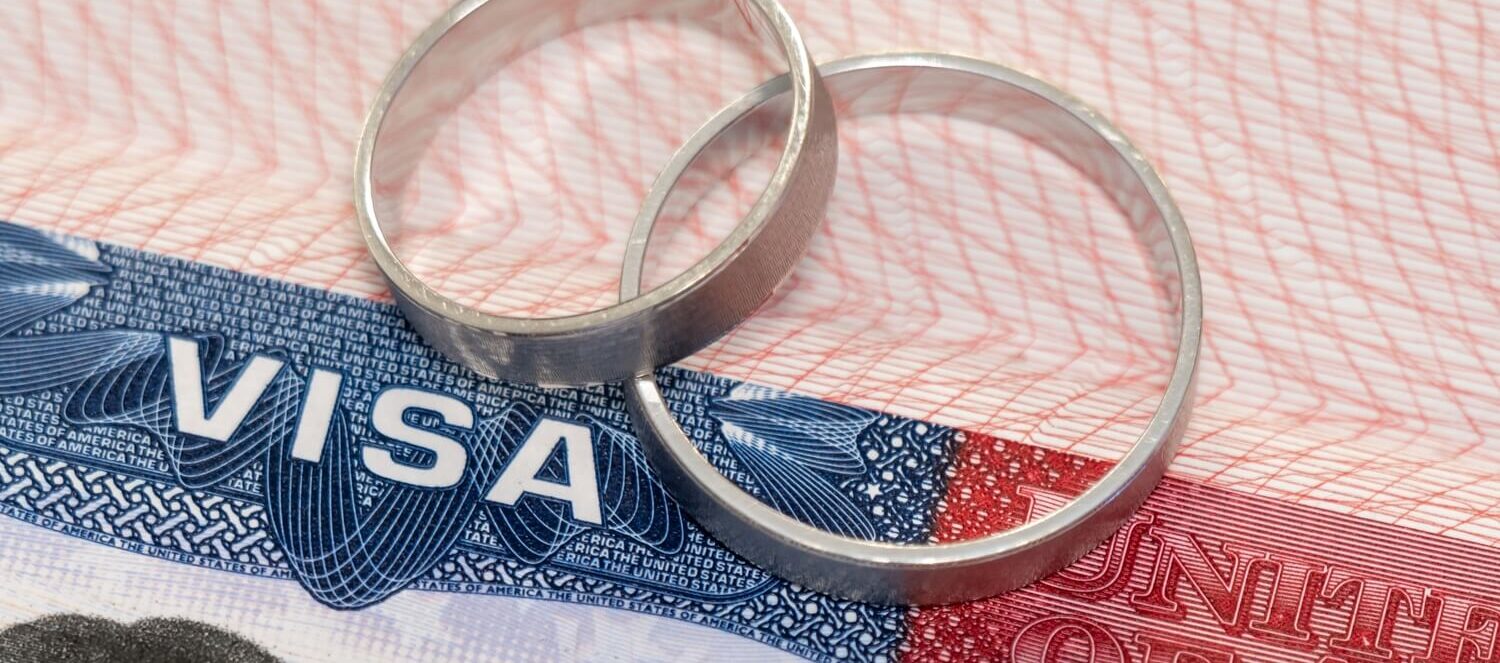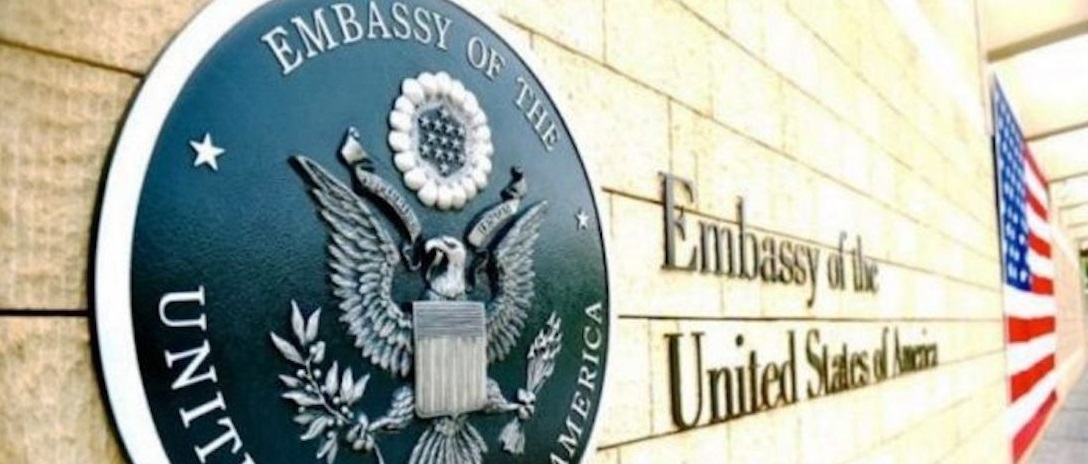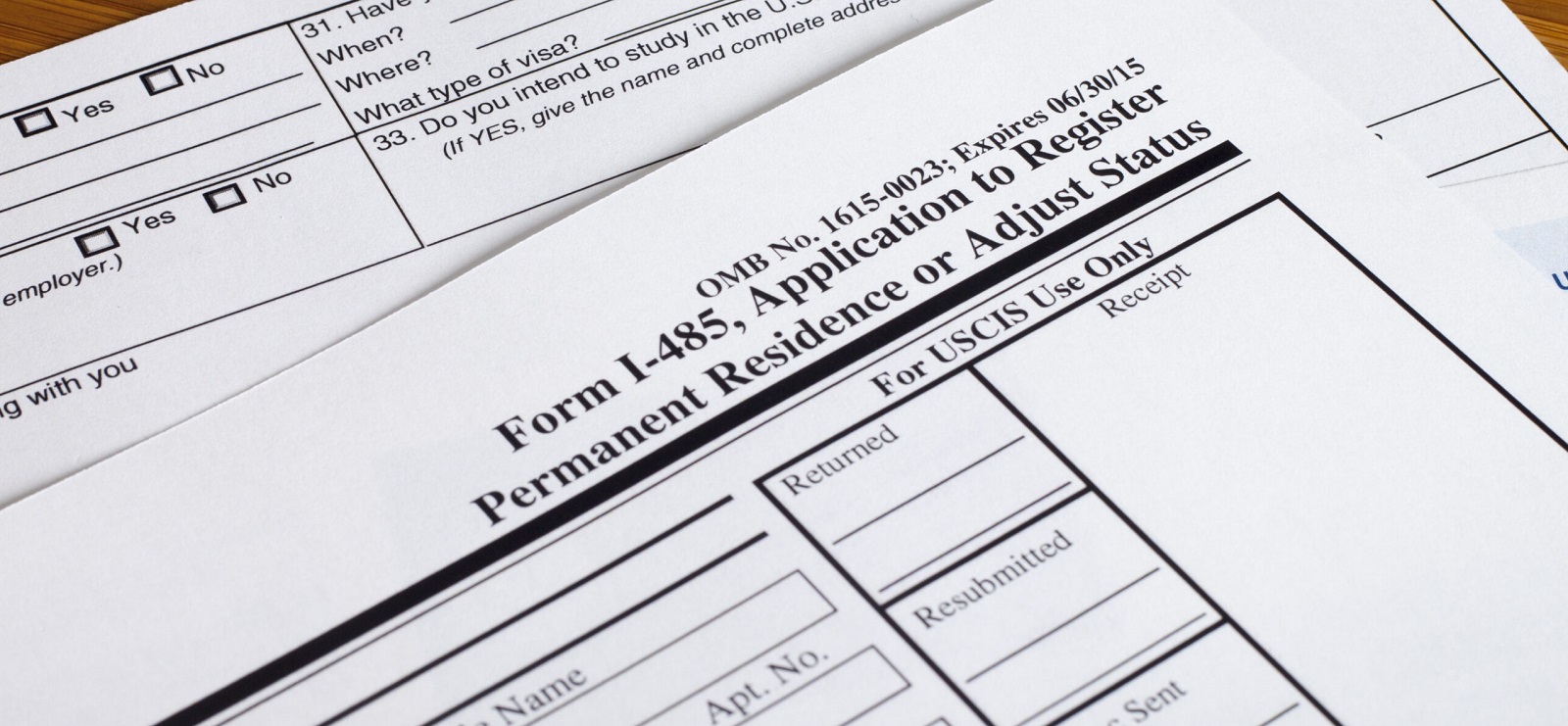
This overview of the IR-1 visa process is a starting point to give you a basic understanding of the marriage-based green card process. An IR-1 green card provides a foreign national spouse with permanent residence in the United States to include employment authorization and the ability to travel abroad. Permanent residence also is the first step in becoming a U.S. citizen through naturalization.
IR-1 Visa, Explained
Basically, the IR-1 visa is a green card category for the spouse of a U.S. citizen. In the U.S. family-based immigration system, there are immediate relative categories and family-preference categories. The spouse, parents, and unmarried children (under age 21) of U.S. citizens generally qualify as immediate relatives. IR-1 is an abbreviated way to indicate “immediate relative 1” category. But additional categories for spouses do exist.
Family-preference categories have statutory limits on the number of green cards issued each year. That’s why there can be a very long wait with certain categories. On the other hand, there is no limit on the number of immigrant visas the U.S. government may issue to immediate relatives each year. In other words, there is no wait time associated with a green card. Therefore, the IR-1 visa is highly desirable because of this quick path to green card status.
Once granted an IR-1 visa, the immigrant spouse is provided with a green card. The IR-1 immigration status gives an individual the right to live and work in the United States as a permanent resident. Permanent residents use the card as proof of status for employment and the reentry the United States after trips abroad of less than one year.
IR-1 Visa vs CR-1 Visa
Marriage to a U.S. citizen is one of the quickest paths to a green card. Due to this nature, the IR-1 visa became a target of fraudsters over the years. Dishonest individuals may attempt to use the spouse-based green card process to circumvent immigration laws. They commit “marriage fraud” to access a green card. For this reason, Congress created a period of conditional residence.
Foreign spouses who have been married less than two years (at the time an immigrant visa is granted), will receive a conditional green card. In these cases, immigration officials issue a conditional resident (CR) visa instead of an immediate relative (IR) visa.
This is extremely commonly and mostly outside of your control. Don’t fret. The requirements and application process are the same. Thus, if you will likely qualify for a CR-1 visa, this article still applies to you.
Conditional residents do need to remove the conditions on residence in the 90-day period before a two-year conditional green card expires. Once removed, conditional residents are issued a 10-year green card as lawful permanent residents.
IR-1 Visa Requirements
A foreign national essentially must qualify to apply for IR-1 visa category. U.S. Citizenship and Immigration Services (USCIS) must confirm that the couple has a qualifying relationship before the foreign national may obtain a green card.
Before starting the IR-1 process, consider these criteria:
- Valid marriage
The marriage must be lawful in the jurisdiction where it took place. For example, same-sex or common-law marriages may qualify depending on the laws of the country where the marriage occurs. More on marriage validity > - Bona fide marriage
In addition to holding a marriage certificate, the couple must submit evidence that there is a genuine marriage that goes beyond a legal contract. Couples will submit supporting documents to show they have a good-faith marriage. More on bona fide marriages > - Age
While there technically is no minimum age to petition a spouse, 18 years is generally a minimum age. First, the couple must be of legal age for the marriage to be valid. What’s more, the U.S. citizen must be at least 18 years of age to file Form I-864, Affidavit of Support, an essential form later in the process. - Domicile
Generally, the U.S. citizen must be domiciled in the United States in order to petition a spouse. Domicile is the place where you live and intend to live for the foreseeable future. However, for citizens who plan to re-patriate to the U.S., it is possible to start the IR-1 visa process abroad and then re-establish U.S. domicile at the time the spouse immigrates.
If the U.S. citizen petitioner has filed two or more spouse petitions in the past, this can potentially create complications. Consult an immigration attorney in these cases.
How to Apply for the IR-1 Visa
Depending on the applicant's circumstances, the IR-1 visa application may be submitted in two possible ways: consular processing or adjustment of status.
Consular Processing
Foreign spouses who are outside the United States must apply for an immigrant visa through consular processing. In short, this means that they apply and interview through the U.S. embassy or consulate.
The U.S. citizen initiates the process by filing Form I-130, Petition for Alien Relative, and Form I-130A, Supplemental Information for a Spouse Beneficiary, along with a filing fee and supporting documents.
- Form I-130, Petition for Alien Relative
- Form I-130A Supplement
- USCIS filing fee
- Marriage certificate
- Evidence any and all previous marriages have been terminated
- Passport-style photos (2) of petitioner and beneficiary
- Evidence of a bona fide marriage
This is a basic list of supporting documents reference above. Depending on your specific situation, you may need to submit additional items. CitizenPath helps you correctly file Form I-130 and submit the correct supporting documents, guaranteed. In addition to your prepared form(s), CitizenPath provides you with a detailed checklist of supporting documents, directions on how to organize your petition package, and where to mail it. Learn more >
Adjustment of Status
The spouse of a U.S. citizen who is currently inside the United States through a lawful entry can generally apply for a green card through adjustment of status. Adjusting status is the process of applying for the IR-1 visa from inside the U.S.
This process allows the couple to remain together in the United States while waiting for the IR-1 green card to process. The foreign spouse may even apply for employment authorization and travel authorization while waiting for the permanent resident status. When applying for an IR-1 visa inside the U.S., an adjustment of status package generally includes the I-130 petition items listed in the previous section, plus other mandatory forms such as Form I-485, Application to Register Permanent Residence or Adjust Status, and the I-864 Affidavit of Support. All forms are submitted together in one concurrent package.
Most people can use CitizenPath to prepare a complete adjustment of status package at a fraction of the cost of a lawyer. We even guarantee your success. Learn more about our Adjustment of Status Package >
Processing Times for an IR-1 Green Card
The time it takes to get a CR-1 or IR-1 visa varies based on many factors. The most significant variable is the path that you apply (consular processing vs adjustment of status).
Not following directions or submitting a poorly prepared petition package can also significantly delay your processing time. CitizenPath helps you prepare an IR-1 immigrant visa petition package correctly to ensure quick processing.
Our customers generally experience wait times as follows:
Transitioning to U.S. Citizenship
As a permanent resident with IR-1 status, the spouse of a U.S. citizen may eventually opt to apply for citizenship. Naturalizing as a U.S. citizen is not a requirement, but most immigrants want to access this status. There's also a reduced requirement for spouses of U.S. citizens.
Typically, permanent residents must maintain continuous residence in the United States for a period of five years before applying for U.S. citizenship through naturalization. However, the spouse of a U.S. citizen may generally apply citizenship after just three years as a permanent resident and meeting certain naturalization criteria.
About CitizenPath
CitizenPath provides simple, affordable, step-by-step guidance through USCIS immigration applications. Individuals, attorneys and non-profits use the service on desktop or mobile device to prepare immigration forms accurately, avoiding costly delays. CitizenPath allows users to try the service for free and provides a 100% money-back guarantee that USCIS will approve the application or petition. We provide support for the IR-1 Immigrant Visa Petition Package (Form I-130), Adjustment of Status Package (Form I-485), and several other immigration services.
Want more immigration tips and how-to information for your family?
Sign up for CitizenPath’s FREE immigration newsletter and
SAVE 10%
on our immigration services








